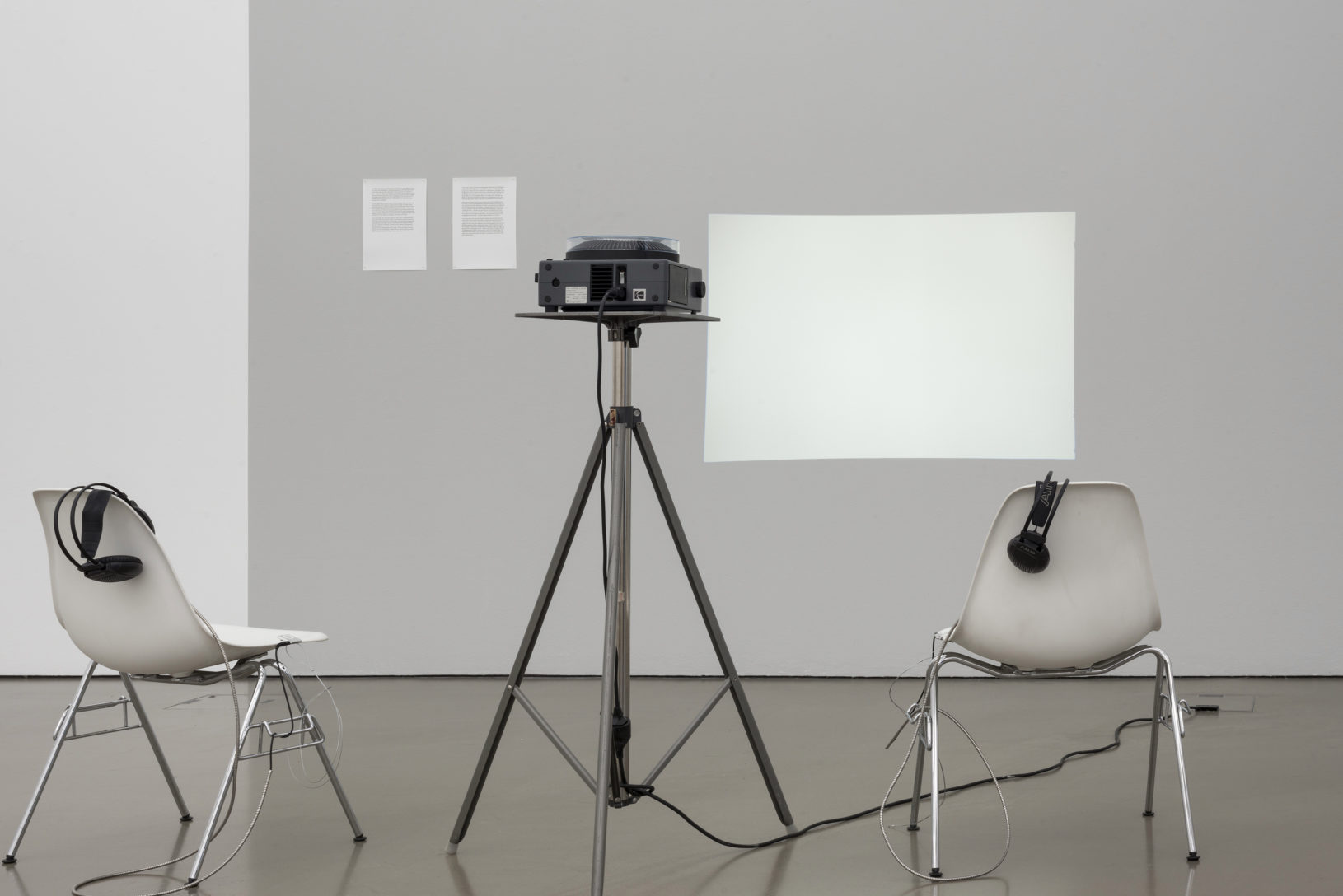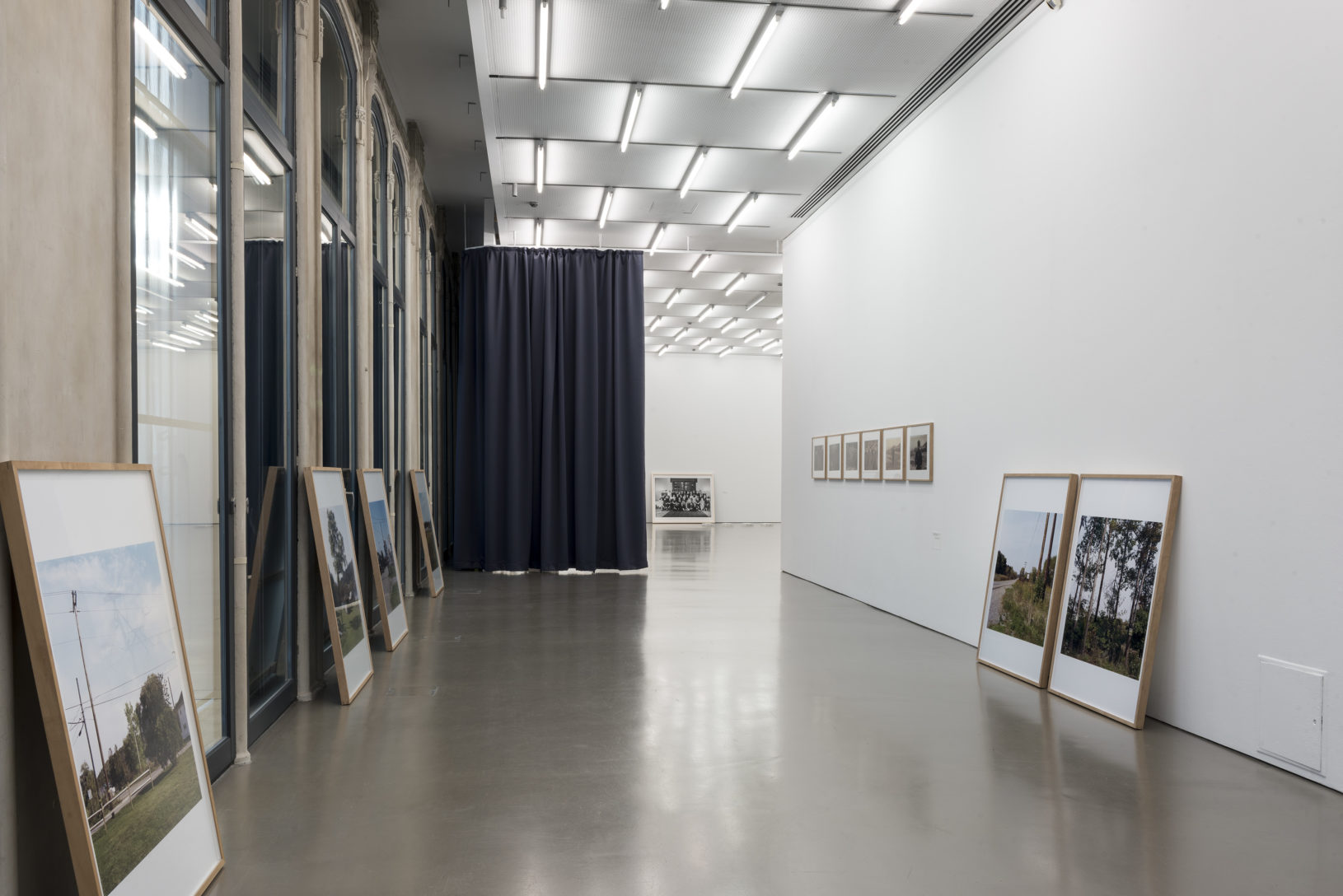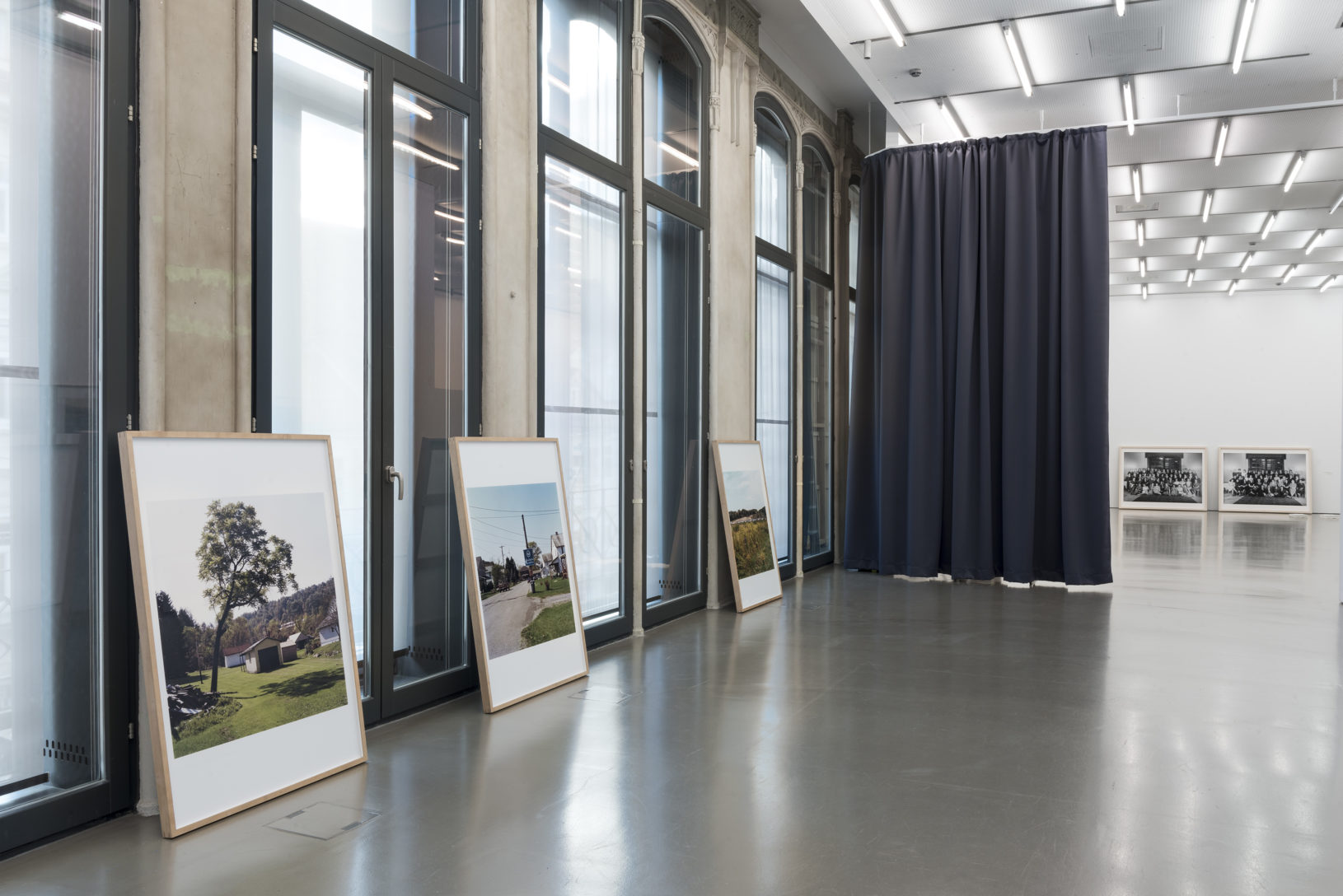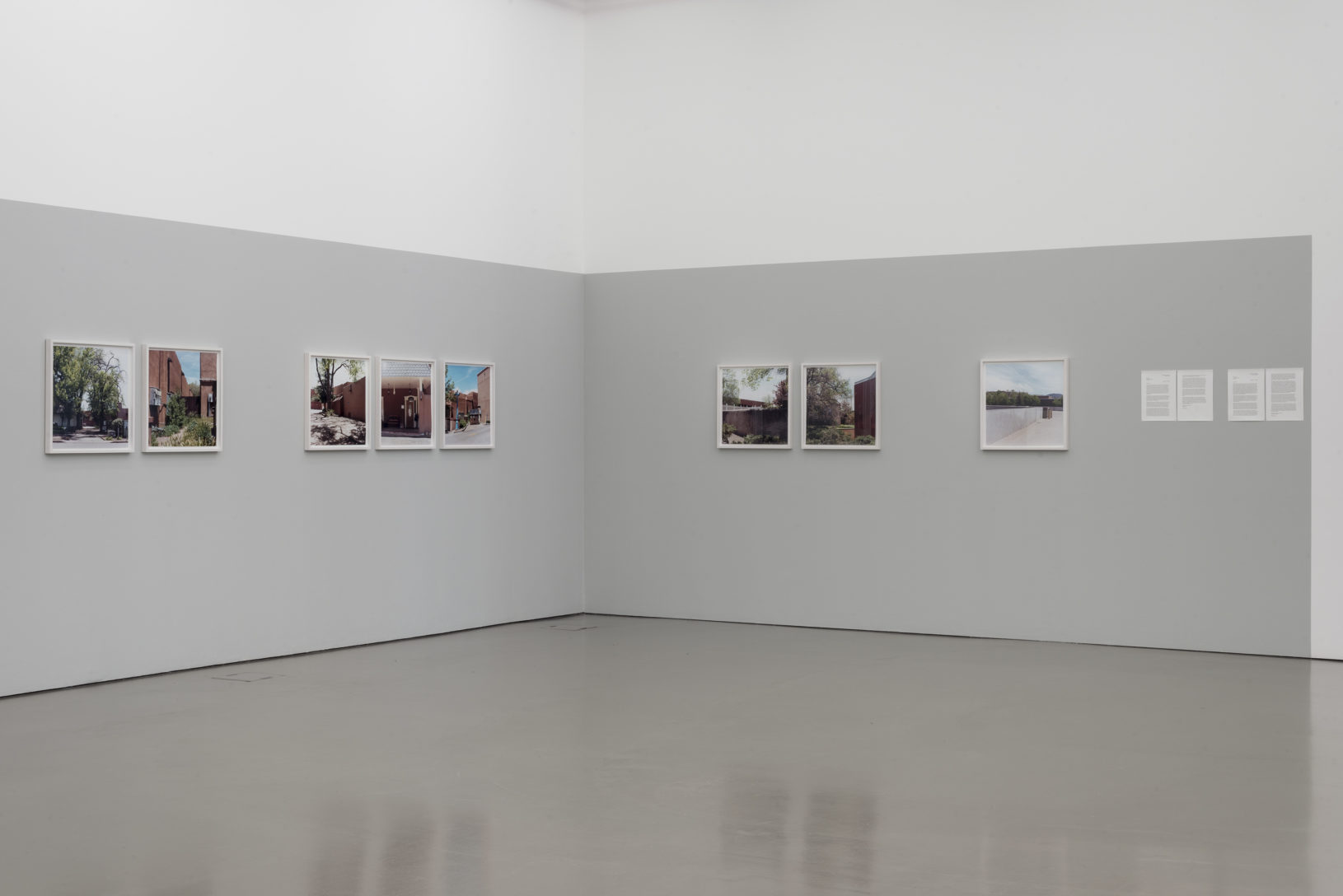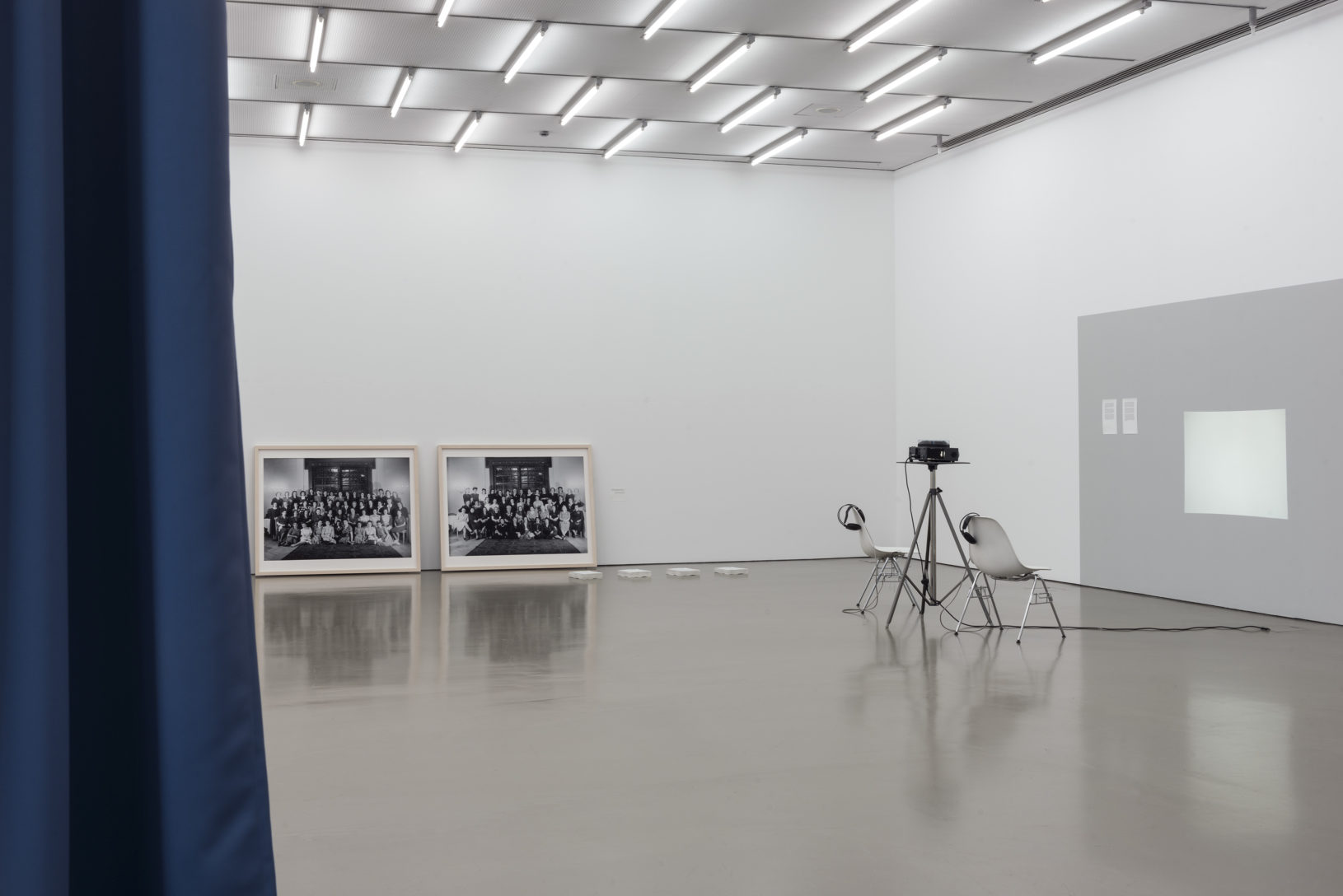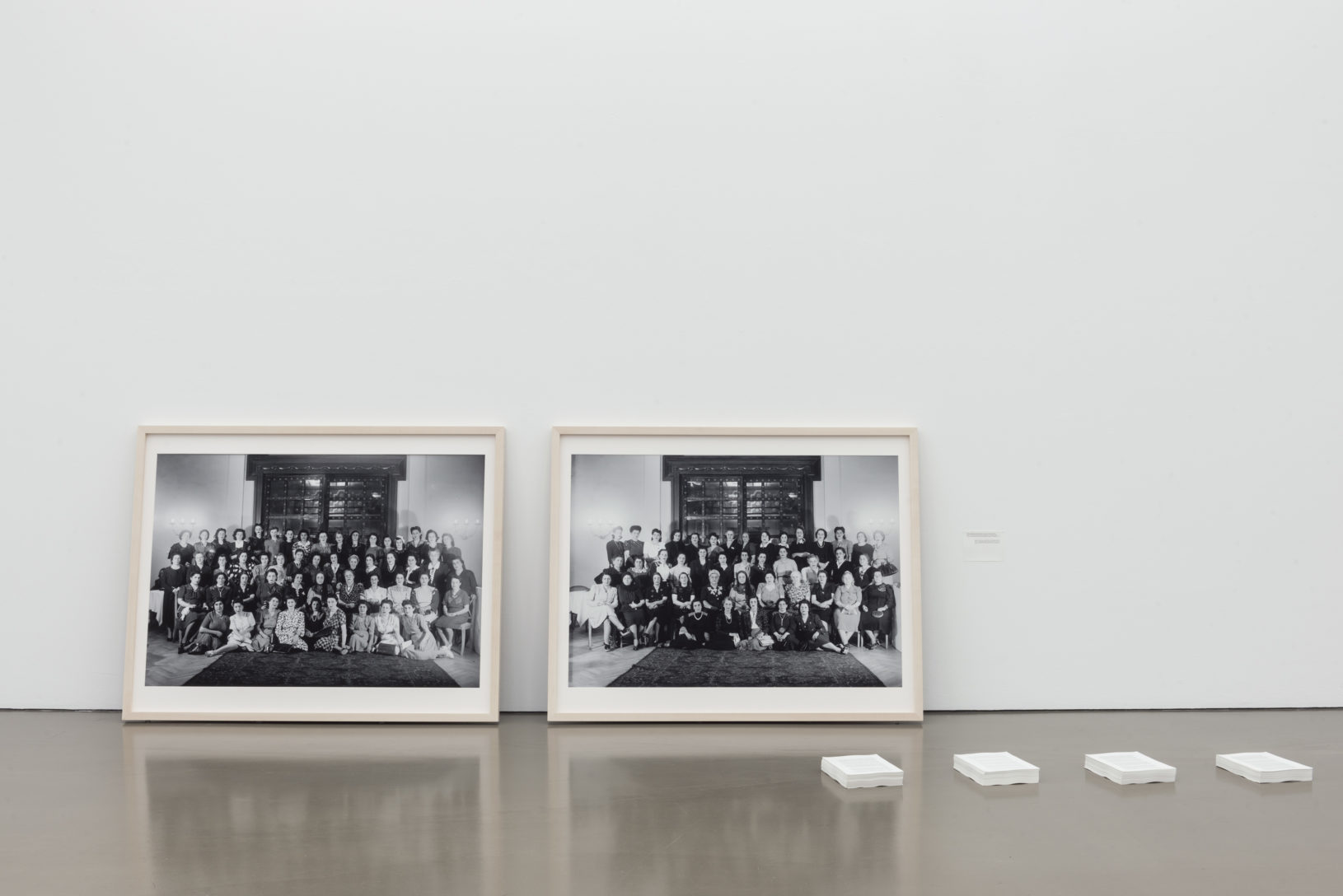Ines Schaber, artist, photographer, writer
Notes on Archives 1—Obtuse, Flitting by and Nevertheless There—Image Archives in Practice, Archive Books, Berlin and Camera Austria, Graz in 2018
Notes on Archives 5—Unnamed Series, with Stefan Pente, Archive Books, Berlin and Camera Austria, Graz in 2019
Notes on Archives is a series of five publications about archives and the practices we conduct in relation to them. Produced over the course of more than ten years, the publications feature a series of case studies, research, concrete projects, and reflections on the questions and problems that image archives pose today. The aim of the work is not to find or create another institutional archive per se, but to develop a practice in which the set of problems that archives produce is in fact part of the process one engages in.
In Notes on Archives 1—Obtuse, Flitting by and Nevertheless There—Image Archives in Practice, I approach the topic of the photographic archive and the challenges it poses us today, also from an artistic perspective. In recent decades, artists, photographers, curators, and critics have caught archive fever. Archives and their processes have dominated the discussions in and around photography, with particular consequences for documentary and artistic practices. Following these debates, the book starts with the assumption that an archive today is not only a place of storage but also a place of production, where our relation to the past is materialized and where our present writes itself into the future. It therefore explores the difficulties for documentary and artistic practice in and with the archive, and revolves around four key questions: What is the relation between an image and language? What is an author or an owner of an image? What is missing in the archive? And what is an active archive?
In considering these subjects, the book also examines the work of artists, photographers, and makers of archives whose practices in particular have challenged or modeled a different handling of images. As these practices might suggest, if one starts from the need to preserve an image’s full contextual and historical dimensions, the very structure of archives may need to change.
Notes on Archives 5—Unnamed Series is an artistic project revolving around the photographs that Aby Warburg took during his travel to the Hopis at the end of the nineteenth century, and around the publications of those photographs one hundred years later. The work consists of five parts that started with the question what it means to publish images that Warburg said not to be published.
Part 1 showed 13 photographs taken by Karen Peters in Santa Fe in 2006, depicting the Hotel building where Warburg met the Hopi priest Cleo Jurino whose information was central in Warburg’s narrative of Pueblo culture and art;
Pictures courtesy of Karen Peters
part 2 consists of a video created by our own bodies interacting with a projection of Warburg’s images, in an attempt to challenge and change them— titled “An approach to address something that one would have never dared to say anything about, except through symbolic practices”;
part 4 revisited the Santa Fe encounter between Cleo Jurino and Aby Warburg and was titled “At a certain time and at a certain place, a couple of persons met to place a secret into an image”, suggesting that the question that were raised by the encounter apply to all sorts of images;
part 5, then, consisted of a video installation called “If I follow the logic of a viewed image” following images that we would suggest to be reproduced;
and, finally, in part 7 we built a closed space in an art institution which was only partly accessible.
All pictures > Ines Schaber: Notes on Archives, installation at Camera Austria, Graz, 2018.
Photo: Markus Krottendorfer
Over the years, the work was criticized for having re-used Warburg’s images, of having shown them again. In relation to that critique, the work keeps on changing. A current version, presented at Camera Austria Graz in 2018, did not show the visual part of the video of part 2, but just the light projection accompanied by the sound of the original video.
I have been struggling with Warburg’s Hopi images and the critique of them and their publication for the last ten years, and I wish we could have a broader discussion about this in Europe. Maybe this is a good place to begin it? It would also be interesting for me to explore further or understand if the Mnemosyne BilderAtlas is relevant for others as much as it has been for my projects so far.
On which fields of knowledge are you focused?
Art, photography, visual culture, art history, photo history, the city, human rights discourses.
What is the object of your research?
Often, archival questions, and question touching on the gaze and our contemporary interpretations.
Could you identify some constants in your work?
Our understanding of the past in relation to how we create and imagine the future.
How did you find out about Aby Warburg’s work? What interests you the most?
I was always interested in the Mnemosyne BilderAtlas as a specific work that has challenged and is still challenging art history. I was as well drawn to the pathos formula for a long time, even though I am still struggling to fully grasp it. My idea is that the images he referred to as Pathosformeln can be fully grasped in/with the notion of repression, as it appears in the pathos formula.
How would you define an Atlas?
This could be a large answer, but to reply briefly—I would consider an atlas a book that contains a collection of maps. It was conceived as a form in the 15th and 16th century, not coincidently in a time of European “exploration” and colonialism. One could say, the atlas is a depiction of the world from a conqueror’s perspective; but it also has to become a more democratic means for orientation. Even though we forget about the history of that gaze, or its “origin”, we re-inhabit it constantly. This re-inhabitation could, in my view, be a naïve mechanism, or as well a critique. We use it, and the gaze it produces, to articulate a critique and produce an awareness for it; sometimes as well to challenge the form of that “difficult” gaze. I would see Warburg’s atlas and many atlases made by artists, as a grappling with this history. Warburg’s atlas for example, does not, in my view, establish a central view point, it demands a re-orientation, a walking in and the occupation of other paths, to suggests to get lost. On the other hand, trade routes, travels, explorations are the very foundation of his Florentina research. It might be interesting to read your question with Warburg’s terminology along a contemporary critique of that gaze.
Atlas as a conceptual, formal and mnemonic device; do you use it in your work? And if so, how?
No, I do not use it as a term.
Do you know about the existence of Mnemotechnics?
Yes.
Which mnemonic system guides the organization of your material?
I do not use it.
Are there visual and emotional formulas (pathosformeln) in your project?
The pathos formula is something that I am constantly working with, grappling with, and thinking about in my work. In relation to it, also Walter Benjamin’s work is important for me.
In your work, do you identify formal or conceptual recurrences such as repetitions and disruption, distance and proximity, identity and migration, conflict and colonization?
I think everybody who works with images today needs to and is relating to migrating images. Some people do this in critiquing it in relation to context specific meanings; others also find inspiration through Warburg’s approach of seeing influences and recurrences. I think his thinking in this context is most important in terms of the notion of repression, as it appears in the pathos formula.
In your work, what is the balance between image and text?
As a photographer and writer, I understand that images and our reading of them are dependent on context. What changes their meaning and our reading of them could depend on language, but as well on what is next to them, the way they are shown, or the place they are shown in etc. Language is one element that influences our readings of images but there are many other elements as well; for example, as well, who looks at it.
In an unpublished conference Uwe Fleckner spoke about this aspect at one point. He marked that Warburg used the panels of the atlas as elements in his long lectures in the library. This means, that the atlas was not meant to be understood without words or annotations—only were they not written down and are thus not accessible to us today.
Thinking about Warburg’s ‘good neighborhood rule’, what are the books that underpin your project? (5 to 10 titles)
Georges Didi-Huberman: Atlas oder die unruhige Fröhliche Wissenschaft (Wilhelm Fink: Bild und Text , 2016) // in french: Atlas ou le gai savoir inquiet. L’oeil de l’histoire, 3 (Edition Minuit, 2011)
Georges Didi-Huberman: Das Nachleben der Bilder (suhrkamp, 2010) // in french: L’image survivante. Histoire de L’art et temps des fantomes selon Aby Warburg (Les Editions de Minuit, 2002)
Georges Didi-Huberman: Ninfa Moderna (diaphanes, 2006) // French: Ninfa moderna (Editions Gallimard, 2002).
Walter Benjamin, Thesis on History, The Work of Art in the Age of Mechanical Reproduction; Arcades Project.
Allan Sekula, “The Body and the Archive.” In October 39 (Winter, 1986): 3–64.
Avery Gordon, The Hawthorn Archive: Letters from the Utopian Margins. New York: Fordham University Press, 2017.
Ghostly Matters. Minneapolis: University of Minnesota, 1997.
Alan Trachtenberg, Shades of Hiawatha: Staging Indians, Making Americans, 1880–1930 (New York: Hill and Wang, 2004)
Donald Preziosi and Claire Farago, Art Is Not What You Think It Is (Chichester: Wiley-Blackwell, 2012)
Erin Younger, “Changing Images: A Century of Photography on the Hopi Reservation,” in Hopi Photographers, Hopi Images, Victor Masayesva, Jr., Erin Younger (Tucson: Sun Tracks / University of Arizona Press, 1984)
Lomayumtewa C. Ishii, “Hopi Culture and a Matter of Representation,” Indigenous Nations Studies Journal, 3, no. 2 (Fall 2002).
Ines Schaber is an artist and writer based in Berlin and Los Angeles. She studied Fine Art at the Hochschule der Künste Berlin, architectural theory at Princeton University as a DAAD fellow, and received her Ph.D. from the Visual Cultures/Centre for Research Architecture at Goldsmiths, University of London. Her dissertation entitled Obtuse, Flitting by and Nevertheless There–Image Archives in Practice examined a set of questions that underlie archival photographic practices, seeking to trace new or alternate modes of archival practice, in order to meet contemporary needs and methods of knowledge production. She is presently teaching at the California Institute of the Arts in the program of Photography and Media. Her artistic work addresses the complexity of image-making by investigating hidden layers of historical evidence. Since 2004, she has been engaged in the working archive, a series of case studies, texts, and artistic works through which she examines and tests notions of the archive. Recently, she published a series of five books named Notes on Archives (published by Archive Books, Berlin and Camera Austria, Graz).
